Description
Recent cases of anthrax in the United States have generated much discussion about the threat Americans may face from chemical and biological terrorist attacks. Some experts believe other biological agents pose far greater threats than anthrax. Smallpox is one of these. Smallpox is a contagious virus with a high mortality rate. But in 1980, after a thirteen-year campaign, the World Health Organization officially declared the disease eradicated. Smallpox vaccinations haven’t been given to the general population in the United States since 1972. In the eighteenth and nineteenth centuries, American Indians called smallpox Rotting Face, a plague so terrible parents sometimes killed their children to save them from the agony. R. G. Robertson tells the story of America’s last great smallpox epidemic. The smallpox outbreak of 1837-1838 on the Northern Plains, forever changed the political and social structure of the tribes in that region. Before it ran out of human fuel, Rotting Face claimed an estimated 20,000 natives, doing more damage to the tribes in one year than all the military expeditions sent against the American Indian before or after. Robertson details the history of smallpox and the profound impact the disease had in Europe, Asia and other regions of the Americas, where it killed or maimed rich and poor, royalty and peasant alike. It also gives the reader a chilling look at what can happen when the disease attacks a virgin population with little immunity — like modern-day America. Robertson’s gripping account also dispels some popular myths about the role of early-day whites in the spread of this devastating disease.

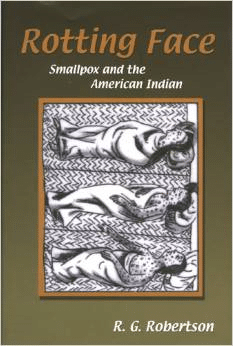
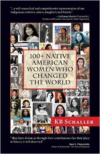
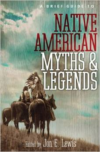
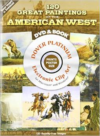
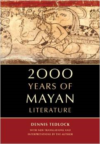
Reviews
There are no reviews yet.